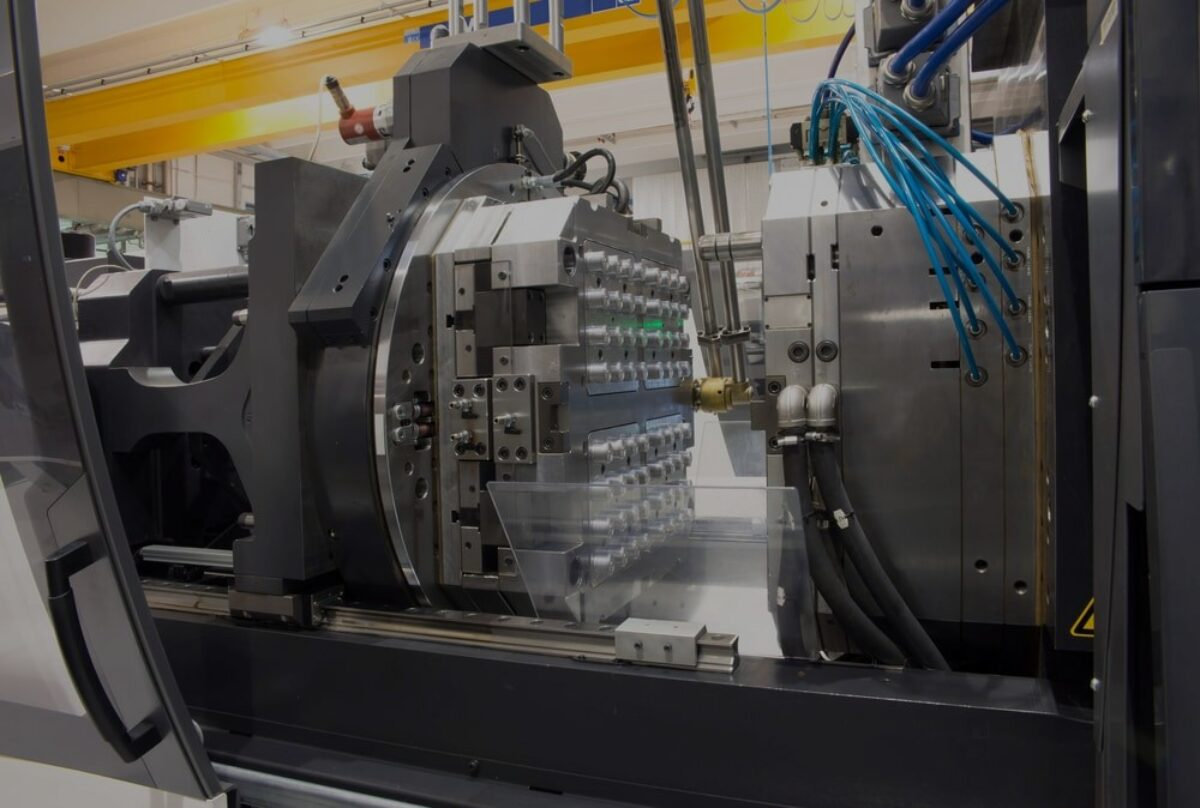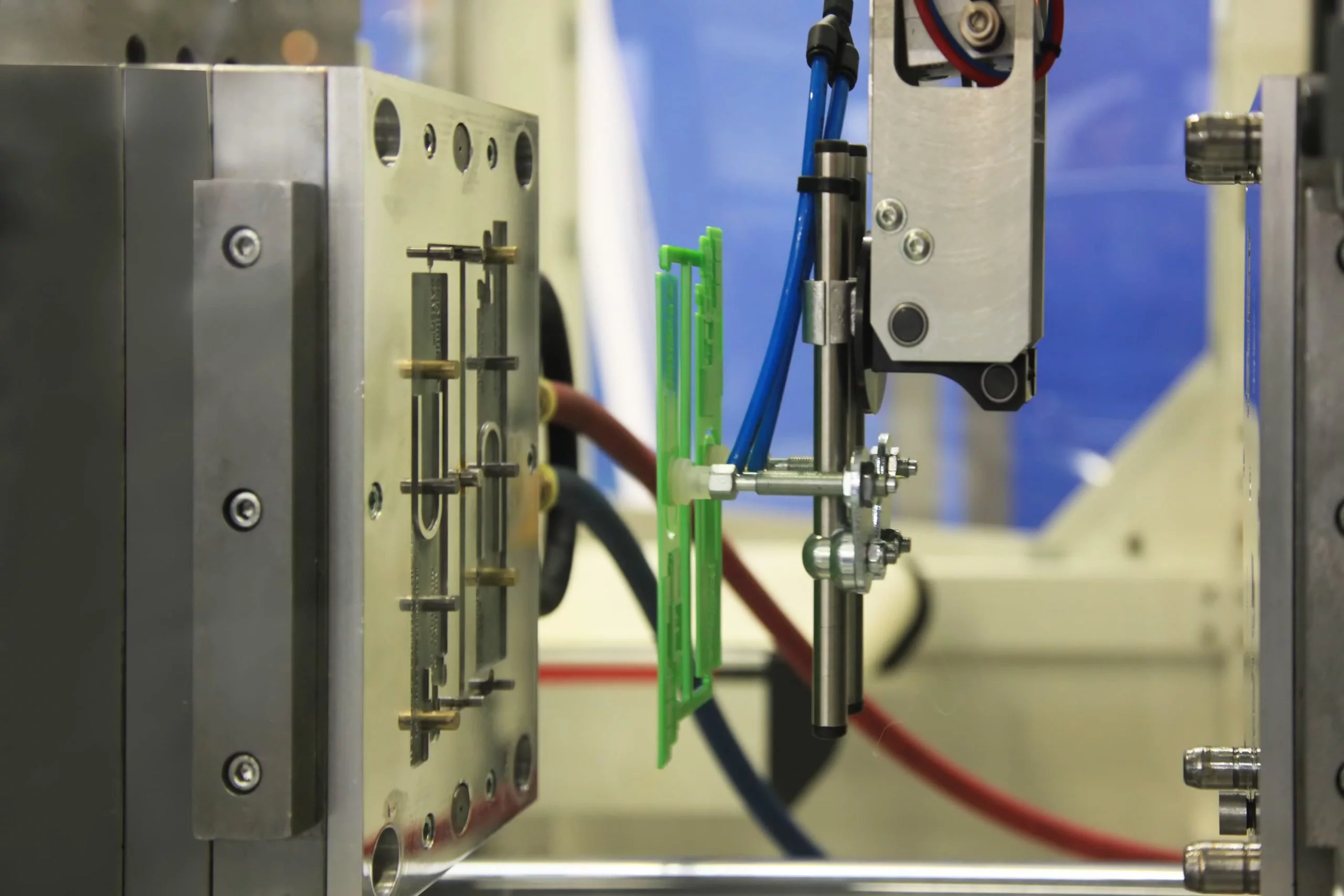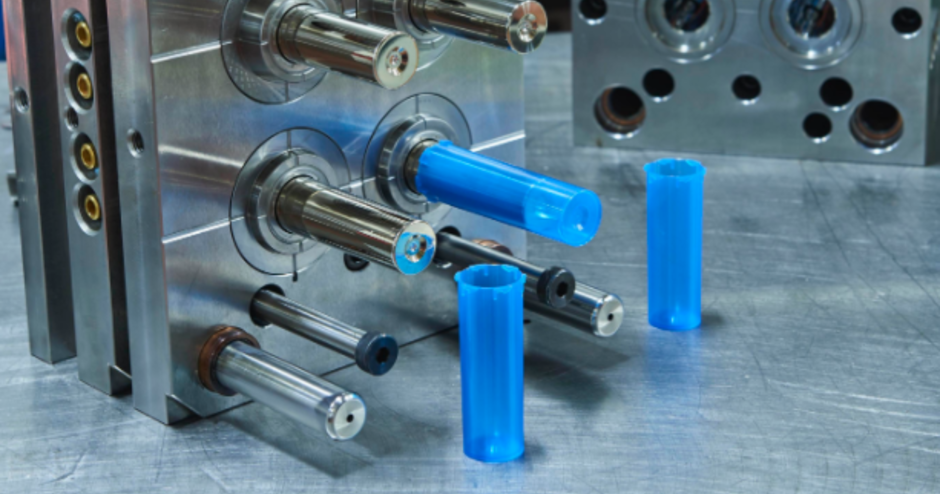When planning production timelines and managing manufacturing costs, it’s crucial to understand how long the injection molding process will take. So, how long does the injection molding process typically take?
The actual injection molding cycle time typically ranges from 15 to 120 seconds per part, with most simple parts completed in 15-30 seconds.
While this might sound quick, there’s much more to consider than just the cycle time. The complete injection molding process involves several additional stages that can impact the total production timeline,and understanding these stages can help you better plan your manufacturing project.
Table of Contents
ToggleWhat Are The Different Stages Of The Injection Molding Process?
The complete injection molding process consists of several key stages, including mold setup and material preparation. During this initial phase, which can take several hours, technicians must properly install the mold, connect cooling lines, and prepare the plastic material by ensuring proper drying and temperature conditions.
After setup, the production run begins with the actual molding cycles. Each cycle includes material injection, cooling, and part ejection. While the cycle might only take seconds, quality control checks and occasional adjustments are performed throughout the production run to maintain part quality.
What Factors Can Extend The Injection Molding Timeline?
 Several variables can significantly impact the overall production time. Complex part geometries often require longer cooling times, which can double or triple the cycle time. Additionally, parts with multiple cavities or intricate features may need more careful handling and inspection, adding to the total production time.
Several variables can significantly impact the overall production time. Complex part geometries often require longer cooling times, which can double or triple the cycle time. Additionally, parts with multiple cavities or intricate features may need more careful handling and inspection, adding to the total production time.
Material selection also plays a crucial role. Some engineering plastics require extensive drying times (up to 4-8 hours) before processing, while others might need higher processing temperatures, resulting in longer cooling periods.
How Long Does It Take To Get From Initial Order To Final Product?
The timeline from order placement to finished product typically spans 4-8 weeks. This includes 1-2 weeks for mold preparation or modification, 1 week for material procurement, and 1-2 weeks for production setup and initial sampling. The remaining time accounts for the actual production run and any necessary quality assurance procedures.
The timeline can extend to 8-12 weeks or more for new projects requiring custom mold creation. This additional time accommodates mold design, manufacturing, and testing phases before full production can begin. Rush orders may be possible but often incur additional costs and may only be suitable for some project types.
How Can You Optimize Injection Molding Cycle Times?
Optimizing cycle times starts with proper mold design. Strategic placement of cooling channels, properly sized gates and runners, and appropriate venting can significantly reduce cycle times. Some manufacturers have achieved 20-30% reductions in cycle times through these design optimizations alone.
Advanced technologies like conformal cooling channels, which follow the part’s contours, can further reduce cooling times. Additionally, using hot runner systems instead of cold runners can eliminate the need to remelt excess material, leading to faster cycles and less waste.
Process optimization through scientific molding principles can also yield significant time savings. This involves carefully controlling variables like injection speed, pressure, and temperature to find the optimal processing window, often resulting in both faster cycles and better part quality.
What Are The Time Differences Between Low-Volume And High-Volume Production?
Low-volume production runs (typically under 10,000 parts) often have higher per-part cycle times because the focus is on ensuring part quality rather than maximum speed. Setup times and quality checks may represent a larger portion of the total production time, resulting in higher production times per part.

High-volume production runs (over 100,000 parts) benefit from economies of scale. Once the process is optimized and stabilized, cycle times can be minimized while maintaining quality. Multi-cavity molds can also produce multiple parts per cycle, effectively reducing the production time per part. A well-optimized high-volume production run might achieve cycle times 40-50% faster than low-volume runs of the same part.
Additional considerations for high-volume production include automated part removal and packaging systems, which can help maintain faster cycle times by eliminating manual handling delays. However, these systems require additional setup time and investment, which must be factored into the overall project timeline.
Taking The Next Step In Your Injection Molding Project
Before committing to an injection molding project, discuss your production timeline requirements with several manufacturers. Be sure to provide them with detailed information about your part complexity, material requirements, and volume needs so they can give you the most accurate time estimates for your specific project. This simple step can help you avoid unexpected delays and ensure you choose a manufacturer whose capabilities align with your timeline expectations.

